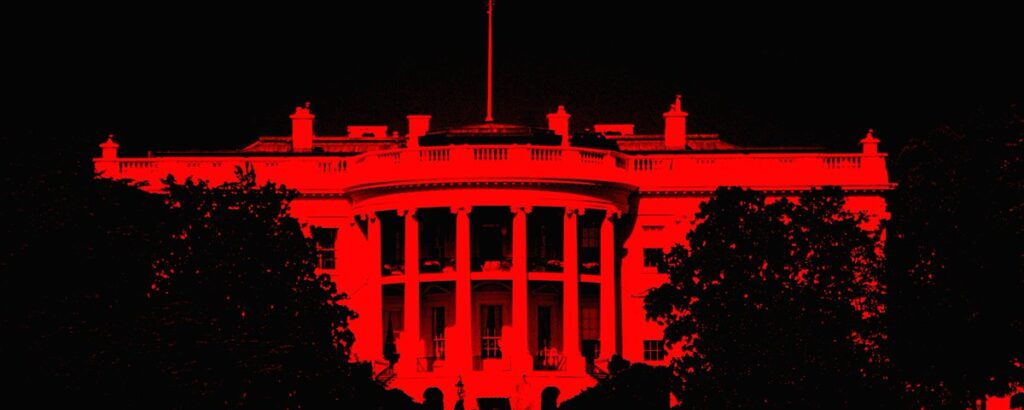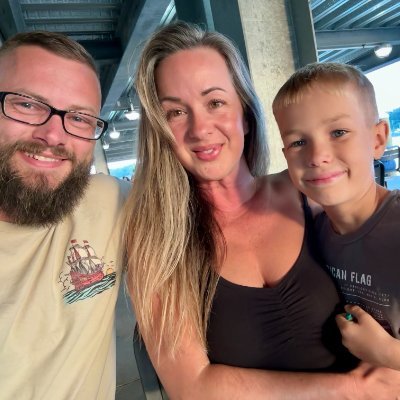
The images emerging from Tennessee and North Carolina are startling, and the federal government has never been more silent on disaster response. Social media commentary is full of people wondering how we got here and while the answer isn’t easy, you can draw a relatively straight line between the advent of “homeland security” and what you see today.
Traditional disaster planning was traded in for a sexier homeland security model- one that made the typical local responder feel like they were fighting Al Qaeda. With a “see-something say-something” mission and flush with Homeland Security dollars, emergency management organizations have morphed into something unrecognizable. But there are other problems, too
Emergency management has been federalized
The federal government has gradually centralized emergency management, effectively undermining local and state sovereignty. By bribing local authorities with money, Washington has imposed a top-down approach that strips localities of their ability to respond to crises according to their unique needs. Emergency managers are open about this too, admitting to acting outside of local interests as a response to the grant process. This consolidation of power and centralization of fiscal responsibility reflects a broader pattern of federal overreach, which disregards the single most important aspect of disaster response- local knowledge.
Emergency managers are easily influenced
Beyond funding, the federal government has used other tactics to influence local emergency management, particularly by reshaping the types of individuals holding these positions. It’s clear they aim to place people more aligned with centralization, a natural tendency for a growing government. For over two decades, FEMA has spearheaded efforts to professionalize emergency management through higher education programs, resulting in more standardized training. The outcome has been a new wave of emergency managers—younger, more educated, and increasingly female—characteristics often linked with a preference for expanded federal control.
Disasters are political
Disasters are politicized due to the high stakes involved in their management, where public opinion and governmental actions are under intense scrutiny. Federal and state agencies use disaster responses as opportunities to showcase competence or criticize rivals, with decisions on resource allocation and blame-shifting frequently reflecting broader political agendas. This is exacerbated by the growing frequency of emergency declarations, which began to surge after the passage of the Stafford Act in 1988. This increase accelerated following the September 11 attacks, when terrorism and homeland security concerns became intertwined with natural disaster preparedness. As federal agencies like FEMA expanded their scope and influence, the number of declared emergencies rose, allowing the federal government more control over local responses. This shift has sparked criticism of federal overreach and has contributed to the increasing centralization of disaster management.
It’s difficult to know what has caused the response to appear absolutely inadequate, and to what extent the afflictions above are involved. I was in disbelief when the Tennessee Emergency Management Agency told people to hold their donations just two days ago. We’ve seen bureaucracy like this before, most remember the flooded buses that failed to evacuate residents of New Orleans.
But what is crystal clear is that neighbors, volunteer firefighters, and good samaritans are our best hope. Breaking the addiction of local government employees on federal grants this many decades in seems unlikely. Prepare accordingly.

Amy LePore researches and writes about federalism and disaster management. She has contributed chapters to several books, including Government Responses to Crises, part of the Mercatus Studies in Political and Social Economy series. In 2016 she edited the volume The Future of Disaster Management in the U.S. (ASPA Series in Public Administration and Public Policy). She has contributed articles to the Tenth Amendment Center and Free the People.
Amy is Chief Operating Officer at Dissident Media.

Leave a Reply